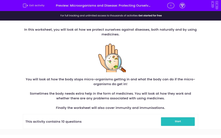The human body is pretty awesome at protecting us from invading microorganisms. Our body has a number of defences against these pesky pathogens, all designed to prevent us getting sick.
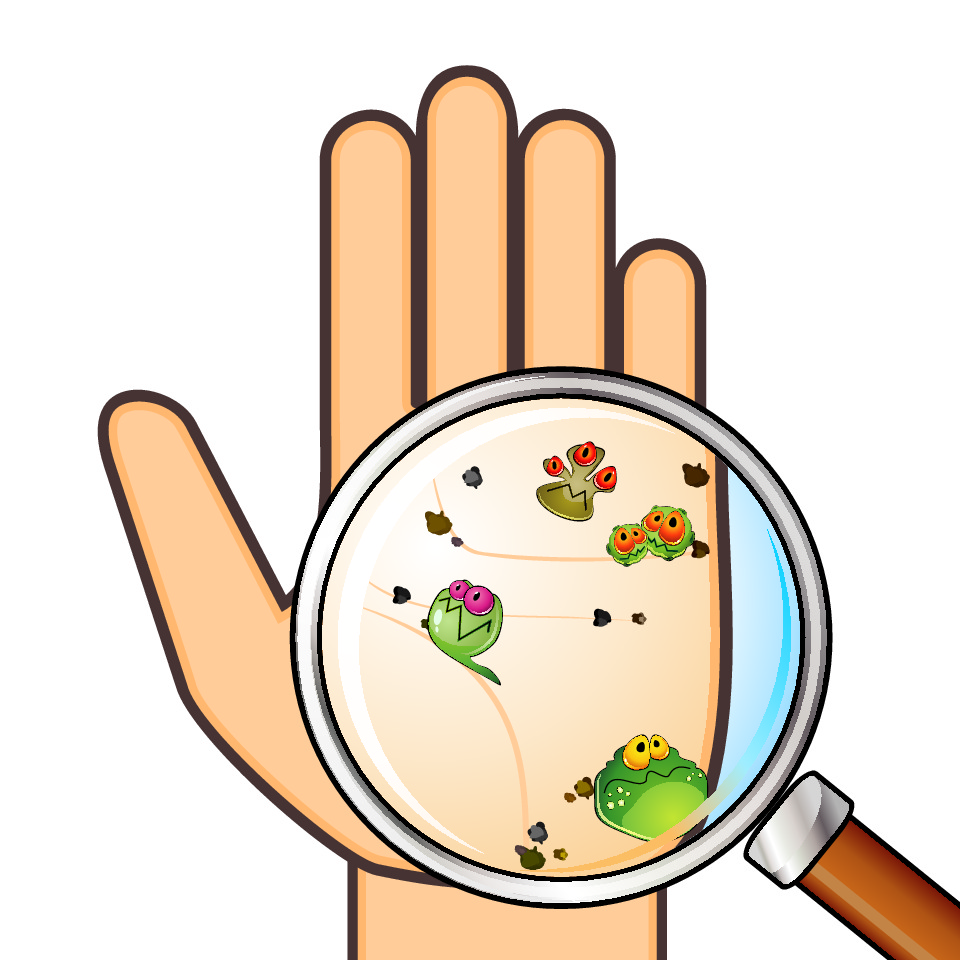
The first line of defence is our skin. It might seem obvious, but having this covering acts as a barrier to the environment. It helps to stop pathogens from invading our body.
However, pathogens are quite sneaky and they will often find a way into our bodies! Our nose, mouth and ears, for example, aren’t covered entirely with skin so these openings give them a route in.
One point of entry for pathogens is our eyes. Our eyes produce tears and these contain an enzyme called lysozyme which destroys bacteria. Our sweat and saliva also contain this enzyme!
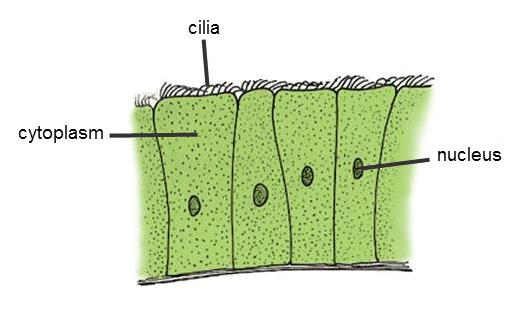
Another point of entry for pathogens is the nose. The hairs in our nose act pretty much like a sieve - they trap the large bits of dust and debris (which may be carrying pathogens) in the air when you breathe in. Mucus is also produced in the nose and other parts of the respiratory system and its job is to catch suspended microorganisms from the air that you breathe in. Tiny hairs called cilia waft the mucus up the throat where it can be swallowed.
Our food may also contain sneaky pathogens. Luckily, our stomachs contain hydrochloric acid. This acid is strong enough to kill microorganisms. Pretty awesome!
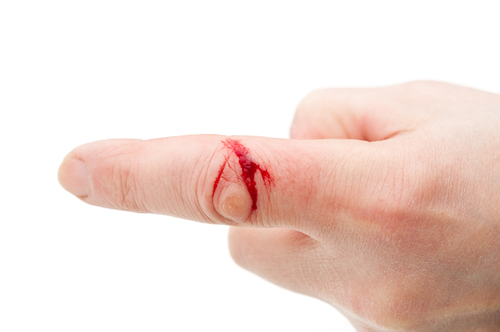
If we cut or damage our skin, this provides pathogens with an entry into our body. Our body will try to prevent this through blood clotting using cells called platelets. A scab will form over the cut, blocking any further pathogens from entering our body.
Our second line of defence is our immune system. Our immune system consists of different types of white blood cells - phagocytes and lymphocytes.
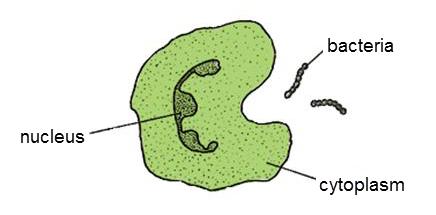
Phagocytes will seek out pathogens and surround them. The phagocytes engulf the pathogen and destroy them using their enzymes - a bit like how an amoeba eats.
Lymphocytes destroy pathogens by producing chemicals called antibodies. Pathogens contain proteins on their surface called antigens.
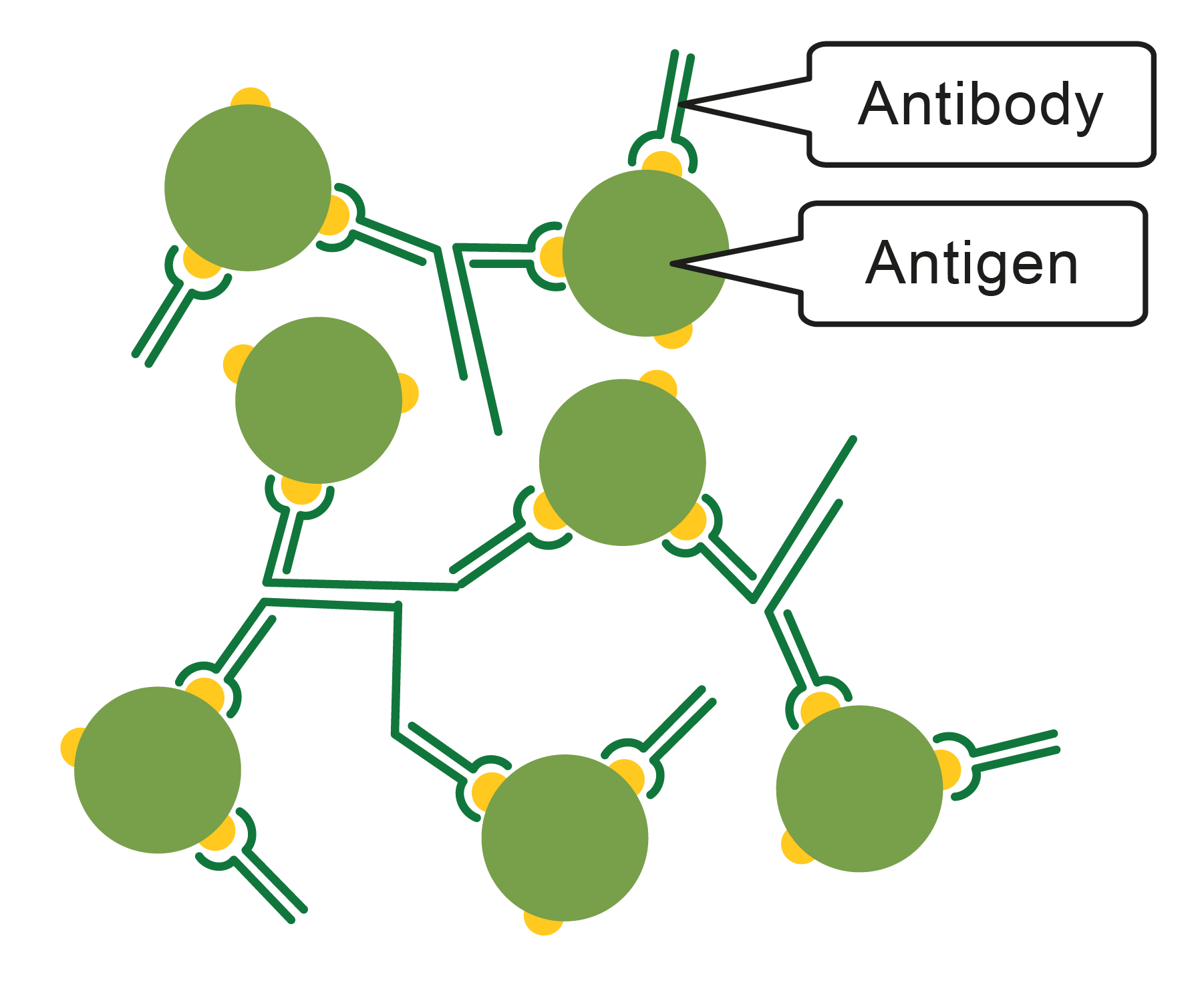
These antigens signify to lymphocytes that they don't belong to the body, and so the antibodies rush to this site of infection. Antibodies recognise the antigens found on the pathogen and will lock onto it. Doing so will now signal the phagocytes to destroy the pathogen.
Once you have been infected with a particular pathogen and produced antibodies against it, some of the white blood cells remain. If you become infected again with the same pathogen, these white blood cells reproduce very rapidly and the pathogen is destroyed. This is active immunity. Newborn babies receive antibodies from their mother's breast milk - this is known as passive immunity.
Sometimes we need medication to help us fight these pesky pathogens. Medicines such as antibiotics work specifically to destroy bacteria that cause bacterial infections in our body, whereas antiviral medications work to destroy viruses causing viral infections.
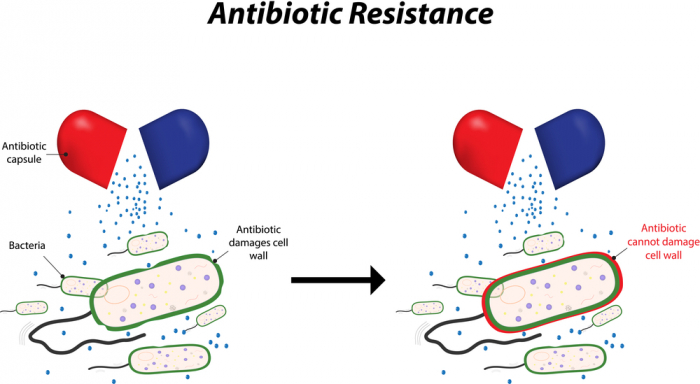
The use of antibiotics over the years has led to antibiotic resistance. This is when a strain of bacteria no longer responds to treatments with one or more types of antibiotics. This makes it difficult for doctors to treat bacterial infections.
People can be immunised against a pathogen through vaccination. Different vaccines are needed for different pathogens.

Vaccines normally contain weakened, harmless or dead versions of a pathogen. They may also contain toxins produced by the pathogen. When injected into the body, they stimulate white blood cells to produce antibodies against the pathogen. Because the vaccine contains only a weakened or harmless version of a pathogen, the vaccinated person is not in danger of developing the disease - although some people may suffer a mild reaction.
If the person does get infected by the pathogen later, the required lymphocytes are able to reproduce rapidly and destroy it.
In this activity, we will look at how we protect ourselves against diseases, both naturally and by using medicines.
You can look back at this page at any point by clicking the red help button on the screen.
Let's get started.

